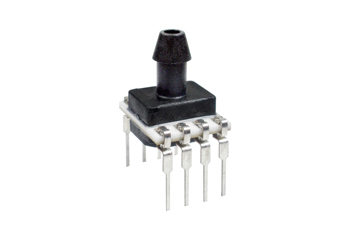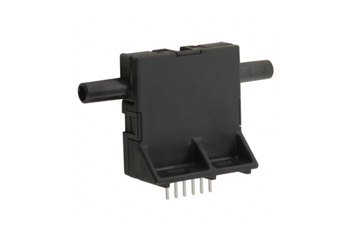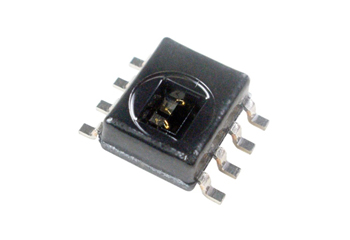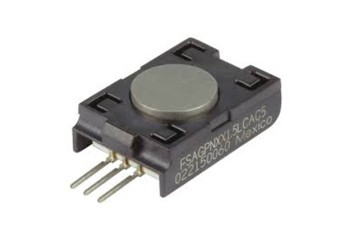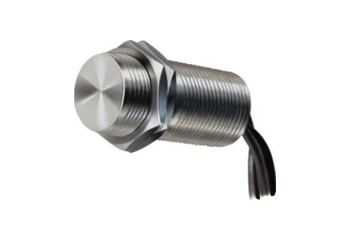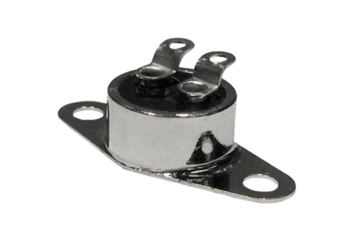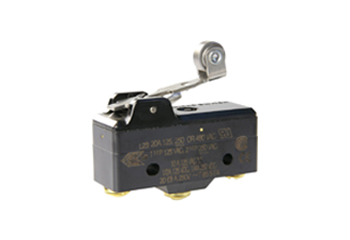Sensors and switches solutions for medical applications
Honeywell sensors and switches offer precision and reliability, making them ideal for enhancing performance and safety in medical applications.

Anesthesia delivery machines
- Airflow sensors measure air, oxygen and nitrous oxide flow
- Magnetic sensors enable smooth motor control that reduces noise/vibration
- Pressure sensors may be used to meter and measure the anesthesia gas so that pressure doesn’t exceed the desired level
- Thermistors enable accurate air temperature control
Dental equipment
- Magnetic sensors enable accurate motion control and positioning of the dental imaging system and promote energy efficiency in hand-held, battery-operated dental equipment
- Pressure sensors keep water flow constant in dental instruments, allowing smooth operation, as well as control all the pneumatic tools required
Hospital diagnostics
- Airflow sensors specifically designed for gas chromatography eliminate sensor outgasing
- Pressure sensors in blood analyzer pump systems regulate pressure to draw/transport samples and control the pressure excerpted on the blood cells to allow only one cell past the detector at a time
- Pressure sensors in gas chromatography equipment sense and control gas stream pressure to maintain a constant, precise flow
- Thermistors in blood analyzers monitor chamber, diffusion lamp and motor temperature to prevent overheating
Hospital hardware
- Humidity sensors maintain temperature and humidity levels in incubators and microenvironments
- Magnetic sensors enable locking/unlocking of medication dispensing cabinets
- Magnetic sensors in exercise equipment may be used as an emergency stop switch, to count RPM and to determine incline position
- Magnetic sensors or basic switches in hospital beds determine bed adjustment beginning and end positions
- Position sensors (SMART Arc) in hospital beds monitor backrest elevation which helps ensure the proper angle is maintained
- Pressure sensors control a hospital bed’s air columns to help prevent patients from developing bedsores
- Pressure sensors measure pressure in blood pressure monitors
- Pressure switches in hospital gas distribution systems indicate to a control panel that the main pressure tank is empty and needs to be replaced
- Thermistors monitor the incubator system’s temperature
- Thermostats in patient warmers control or limit temperature

Hospital rooms
- Pressure sensors monitor airflow rates to provide continuous positive or negative air pressure to prevent contamination
- INFUSION, INSULIN, SYRINGE PUMPS
- Force sensors detect blockage in the pump’s tube that delivers medication
- Magnetic sensors enable smooth motor control that reduces noise and vibration (infusion, insulin pumps only)
- Pressure sensors monitor and control the flow of fluid
- Subminiature load cells monitor the weight of the IV bag
Kidney dialysis machines
- Force sensors detect the presence/absence/weight of a dialysate cartridge and monitor flexible tubing pressure
- Magnetic sensors enable smooth motor control that reduces noise/vibration
- Pressure sensors obtain dialysate and venous pressure measurements without interrupting flow
- Pressure sensors monitor pressure in the cartridge’s flexible tubing
- Thermistors provide enhanced temperature control of the permeation rate across the dialysis membrane
- Thermostats control or limit temperature
- Thermostats in peritoneal dialysis machines may be used for heater tray control
- Basic switches detect presence of covers, doors and cassettes to ensure safety in operation
Oxygen concentrators
- Airflow sensors detect ultra-low airflow levels that sense when the patient exhales for efficient oxygen delivery
- Oxygen sensors measure and control oxygen concentration level of the air mixture delivered to the patient
- Pressure sensors detect when the patient begins to inhale for efficient oxygen delivery
- Pressure sensors sense surge tank pressure for accurate compressor pressure levels
- Pressure switches alert the user when the pressure exceeds a specified limit
Patient monitoring systems
- Oxygen sensors measure oxygen concentration level of the air mixture delivered to the patient
- Pressure sensors in nebulizers carefully monitor airflow rates so that the specified amount of medicine, amid a humid environment, is delivered to the patient
- Pressure sensors in spirometers measure in/out patient airflow
- Pressure sensors monitor blood pressure
- Thermistors in temperature monitoring equipment monitor temperature

Sleep apena machines
- Airflow sensors monitor breathing and send an output to reduce airflow when the patient exhales
- Bimetallic commercial thermostats on-board (stand-alone) devices on flexible heaters control temperature without adding associated software or electronics
- Humidity sensors monitor the air to provide adequate moisture
- Magnetic sensors enable smooth motor control that reduces noise/vibration
- Pressure sensors monitor the delivered air pressure
- Thermistors and pre-packaged temperature probes provide warm, moist air
Spirometers
- Airflow sensors measure the airflow from the patient upon exhalation
- Pressure sensors measure in/out patient airflow
Surgical equipment
- Force sensors regulate a fluid management system’s pump head pressure
- Position sensors (SMART Arc) and force sensors in robotically assisted surgery equipment control robotic arms that hold the articulated instrument tips
- Pressure sensors (board mount and heavy duty) in surgical fluid management systems sense joint site pressure during arthroscopic surgery
Ventilators
- Airflow sensors measure air and oxygen flow so the correct amount is delivered to the patient
- Basic switches detect doors and covers to ensure they have been properly closed before operation
- Humidity sensors deliver warm, moist air to the patient
- Magnetic sensors enable smooth motor control, reducing noise/vibration
- Oxygen sensors measure and control oxygen concentration level of the air mixture delivered to the patient
- Pressure sensors detect when the breath changes from inhalation to exhalation to measure in/out patient airflow
- Pressure sensors (heavy duty) measure inlet pressure from the hospitals air and oxygen supplies
- Pressure transducers are used to test the ventilator’s air and oxygen valves
- Thermistors monitor and control air temperature
Consumer medical (pressure sensors)
- Measure pressure in non-invasive blood pressure monitoring
- Monitor pressure applied to the wound via the suction system in negative- pressure wound therapy
- Measure partial vacuum on the suction side of miniature pumps, such as breast pumps, to provide continuous suction pressure monitoring
- Monitor water level in CPAP water tanks
- Provide pressure measurement in medical wearables
For further product information, please contact us by e-mail.
E-mail enquiry about products


